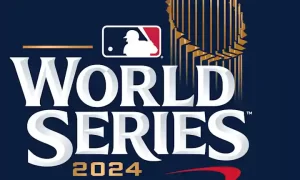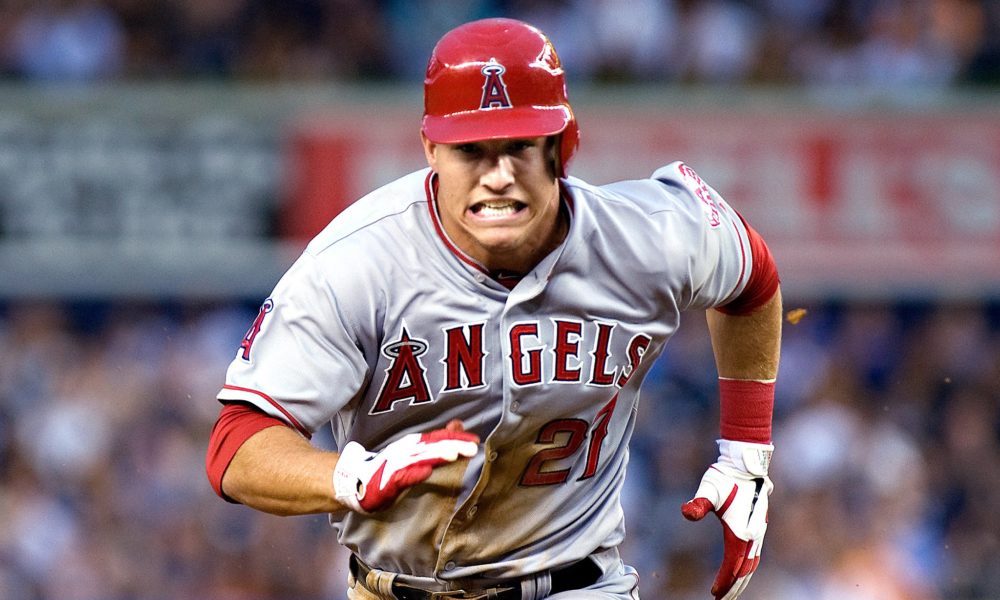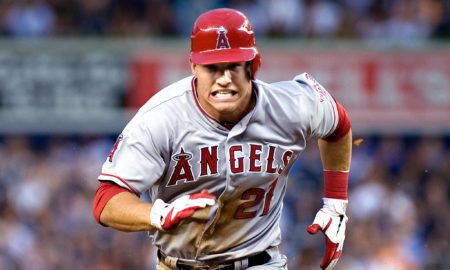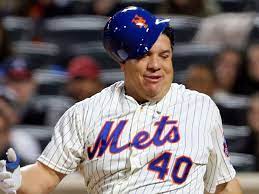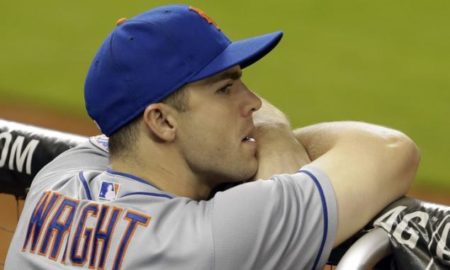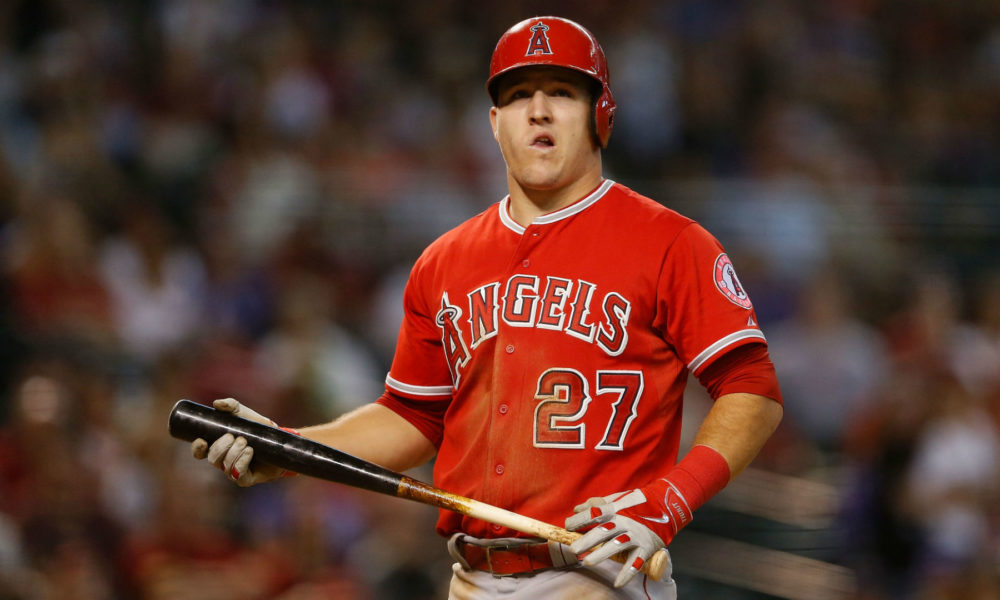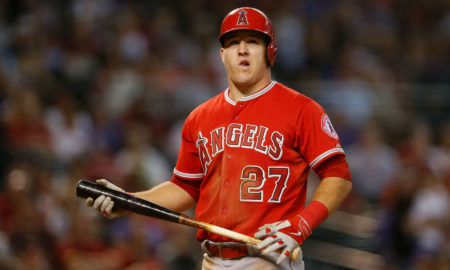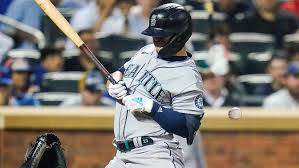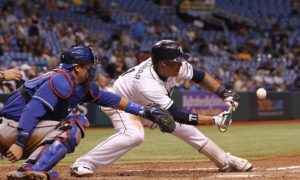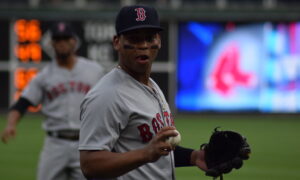Appreciating the Strike-Shortened Greatness of Cleveland, 1995
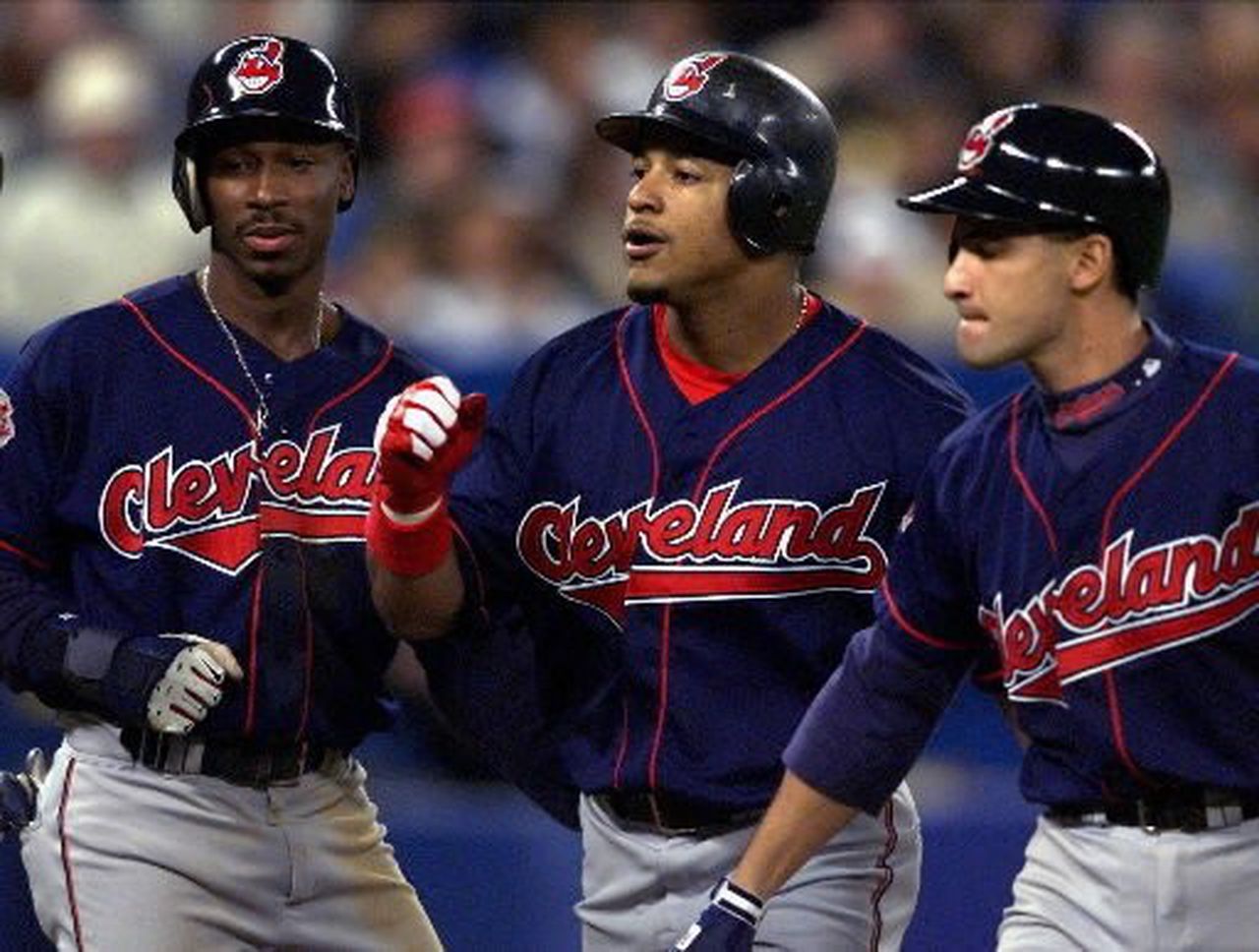
I would be lying if I said I knew how and when the MLB lockout will end. But if I were a betting man, I’d bet on a delayed start to the 2022 MLB regular season which would be the first non-pandemic delay since “This is how we do it” by Montell Jordan was the number one song in America.
Partially due to the delayed start to the 1995 season, and in larger part due to the bitterness fans felt at how the 1994 season ended, the MLB season of 1995 is typically underappreciated. It’s a shame because 1995 was a great baseball season. Some of the best players to ever play were in their prime and put up monster numbers despite the three-week late start.
If we focus in especially on the overlooked and underappreciated matters of the 1995 MLB season, the Cleveland Indians’ dominance looms large. Due to the shortened season they didn’t put up a gaudy regular-season win total, and they lost in the World Series. Their legacy wasn’t etched on the Commissioner’s trophy or in fans’ memories with the acclaim that comes with end-of-season win totals, but make no mistake: They are among the best baseball teams in my lifetime.
The season started on April 27th and Cleveland promptly went 5-4 over its first nine games, found itself a game and a half out of first place in the American League Central. Having reached their low point of the season, the team dispensed with the subtle tactics and began their season-long bludgeoning of the other AL teams. After winning 24 of their next 30, they were 8.5 games up in their division. Fast forward a bit and after pounding the White Sox on August 8th, Cleveland held a 19.5 game lead. By the time September started, they were 80-35 (that’s a 123 win pace over 162) and they had a 21.5 game lead in the AL Central. Understandably, they took the foot off the gas down the stretch and stumbled a bit by barely winning more than two out of every three games (20-9), finishing at 100-44.
Impressive to be sure, but again due to the late start, not an eye-popping win total. Three teams reached 100 wins in 2021 alone. Yet consider that they were on pace for 112 wins, which would be the third-highest ever in the over 100 seasons of the live-ball era, and were within range of the second-highest, 1998 Yankees’ 114 wins.
You may be thinking “Yeah, they were really good but they beat up on bad teams in a bad division.” Except they beat the good teams, too. Counting the postseason (which we’ll get to in a minute), against the four best AL teams not in Cleveland – Boston, New York, California, and Seattle – Cleveland went 34-23. That’s a .596 winning percentage, or a 97 win pace over 162 games – against the best teams in the league.
Assuming you have a memory of this team, it’s probably of the powerhouse offense. However, since today’s lesson is about under-appreciation, let’s talk about their pitching first.
In 1995, the Cleveland pitching staff posted a 123 ERA+, the exact same as the Maddux-Glavine-Smoltz-in-their-primes-led 1995 Braves. For further perspective, only six AL teams have posted better than a 123 ERA+ in a season with more than 60 games played in the Wild Card era – that’s six out of 372 team seasons. Additionally, the Indians staff led the AL in FIP, WHIP, ERA, K/BB ratio, and HR/9 ratio.
Although they received stellar individual seasons from starters Dennis Martinez, Orel Hershiser, and Chad Ogea, it was their bullpen that really stood out. Their five most-used relievers – Jose Mesa, Julian Tavarez, Eric Plunk, and Jim Poole – combined to throw 301.2 innings with a 2.48 ERA, in a league in which the average ERA was 4.71.
The offense may not have been as underappreciated as the pitching staff, but they were at least as dominant. The juggernaut known as the 1995 Cleveland offense not only led all MLB teams in runs scored but they won the MLB team triple crown leading baseball in batting average, home runs, and RBI. They also led MLB in OPS+, hits, total bases, OBP, and SLG, and just for good measure won the AL stolen base crown as well, because why not.
It wasn’t that they were great just by 1995 standards, their team level offense was historically great. They were on pace for 945 runs over a full 162 game season which would have given them a shot at top ten all-time since integration. Perhaps even more impressively, they posted 5.83 runs per game on the season with a 116 OPS+. Only two teams have bettered those numbers in the same season since integration.
Obviously, a team isn’t going to get production like that without some stellar individual performances. Manny Ramirez was being Manny in 1995 to the tune of a 147 OPS+ which was sixth-best in the AL – but only third-best on his own team. Despite Manny’s ball mashing and a monster season from future Hall of Famer Jim Thome, no player stood out more than Albert Belle.
In 1995, Belle became the only player in history to post 50 or more home runs and 50 or more doubles in the same season. Had a full 162 game schedule been played, Belle obviously would have tacked on to those numbers, setting the bar even higher. His 377 total bases are a little less historic, but perhaps even more significant. Belle was on pace for 424 total bases over 162 games, which means he would have had a shot at Stan Musial’s 429 in 1948 – the most in MLB since integration. Similarly, he ended the 144 game season in 1995 with 103 extra-base hits, so it’s likely he would have exceeded Barry Bonds’ 107 in 2001 – also the most since integration. Regardless of “what ifs”, Belle led the AL in 1995 in HR, runs, SLG, and tied for the lead in RBI with Boston’s Mo Vaughn, who somehow won the AL MVP award (a fact to which we’ll return in a minute).
Once the postseason began, the Cleveland train kept rolling. Facing a Boston team that scored 5.49 runs per game and posted a .597 winning percentage on the season (a 97 win pace over 162) in the ALDS, Cleveland barely broke a sweat. They swept the three-game series, outscoring the Red Sox 17-6. Of perhaps trivial but interesting note, Belle scored three runs and drove in three over the three games. AL MVP Mo Vaughn went 0-14 with seven strikeouts.
Not much changed in the ALCS against Seattle. Cleveland outscored the Mariners 23-12 over the six games, winning the series 4-2, including a 4-0 win against ’95 Cy Young winner Randy Johnson in the clincher. The pitching again showed it was on par with the team’s offense by holding a Seattle team that averaged 5.49 runs per game during the season to two per game in the series.
Cleveland moved on to face the Atlanta Braves in the World Series and it would have been hard to argue that Atlanta was Cleveland’s equal. The Braves won 10 fewer games during the season than Cleveland while playing in a division in which the second-place team only won 69 games. Yet, and I hope this isn’t a spoiler, sometimes things don’t go as expected.
After a 3-2 Game 1 loss to Greg Maddux (who had a 1.63 ERA on the season, so two runs wasn’t a bad showing), Game 2 was tied at 2-2 in the top of the fifth inning, with two on and two out, and Cleveland’s Carlos Baerga at the dish. Baerga, a switch hitter batting righty against future Hall of Fame lefty Tom Glavine, smoked a line drive to right field only a few steps away from David Justice, who caught it for the third out. A few feet in another direction and the game may have played out differently. As it was, the Braves would go on to win 4-3, taking a 2-0 series lead.
After Cleveland took two of the next three games at home, the Series returned to Atlanta for Game 6. Tom Glavine did Tom Glavine things and David Justice hit a very good pitch from Jim Poole over the right-field wall for the game’s only run. When it was over, Cleveland had lost a World Series in which the run differential between the teams was only four runs over six games, and three of the four losses were by one run.
Judging teams by “rings” and “championship or bust” is a gross oversimplification. By that rationale, the 83 win 2006 Cardinals were a better team than the 116 win 2001 Mariners, which would be a virtually impossible case to make beyond the small sample of October variance. Randomness can’t be controlled. The 1995 Cleveland baseball team lost three times by one run to a legendary pitching staff. That fact shouldn’t diminish the team’s greatness.
Although I understand why the 1995 Cleveland baseball team is rarely mentioned as an all-time great team, they are in fact one of the best teams in my lifetime (and likely yours too).

